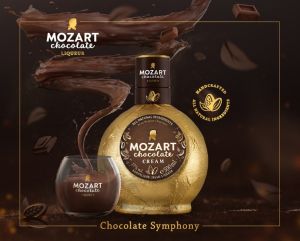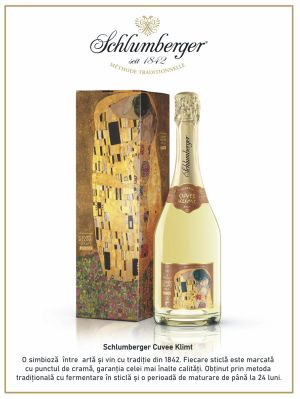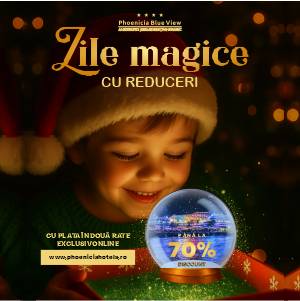A team of researchers at the University of Cambridge is testing a new material with potential to revolutionize air conditioning systems: a solid, white, waxy paste with barocaloric properties that could completely replace the greenhouse gas refrigerants currently used in billions of air conditioners around the world. Unlike current gases, these plastic crystals - solid materials that change their temperature under pressure - are more stable, do not leak and are more energy efficient, informs AFP. When compressed, the molecules stop moving and dissipate heat. When the pressure is reduced, the temperature of the environment drops. This effect is key to the operation of the new technology. "They are promising materials for a new generation of environmentally friendly air conditioners, without hazardous emissions,” says Xavier Moya, professor of materials physics at Cambridge and coordinator of the research.
• An answer to the climate crisis and the growing demand for cooling
According to the International Energy Agency (IEA), there are more than 2 billion air conditioners in the world, and demand will increase massively by 2050 as global temperatures rise. Current systems are not only energy-intensive, but also release fluorinated gases into the atmosphere with a warming potential thousands of times greater than CO₂. The new solid technology could reduce emissions associated with cooling by up to 75%, according to Breakthrough Energy, the organization founded by Bill Gates that backs the startup Barocal, which was spun out of the Cambridge team.
• From the lab to the commercial market
Barocal, founded in 2019, has already developed a working prototype of an air conditioner, equivalent in size to a large suitcase. It uses a hydraulic circuit that regulates pressure in cylinders filled with solid refrigerant. Although still noisy and bulky, the system works, effectively cooling an attached mini-fridge. Mohsen Elabbadi, an engineer at Barocal, acknowledges that optimizations are still needed in terms of size, weight and noise level, but says that future versions will be comparable to classic systems, including residential ones.
• When will it come to market?
The first commercial products are expected in the next three years, initially for commercial spaces, schools, data centers or warehouses. Barocal is betting on institutional customers who will be willing to pay a higher initial price in exchange for increased energy efficiency and a reduction in bills in the long term. In the medium term, the company wants to reach prices equivalent to those of classic systems, targeting the global residential market.
These barocaloric crystals offer a viable and sustainable alternative in a critical sector of the climate transition. If they reach their potential, the air conditioners of the future could operate without emissions and without the risk of leakage, at a time when the planet urgently needs green solutions to adapt to global warming.
















































